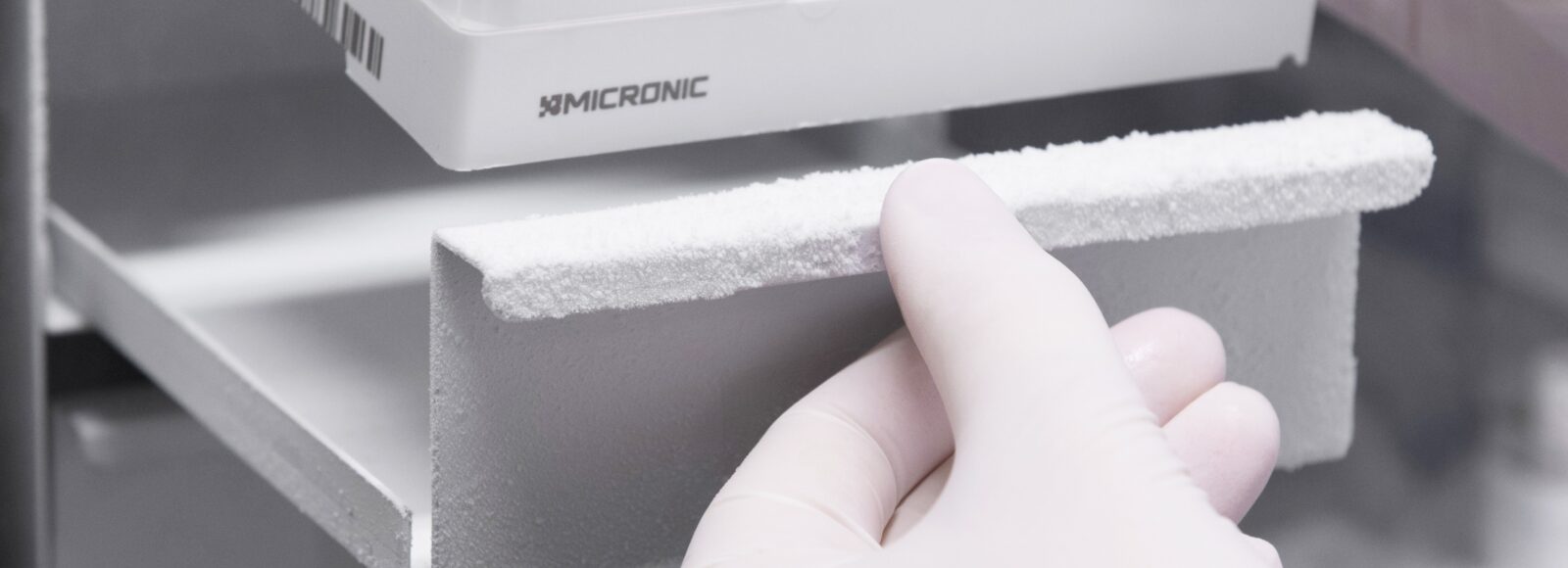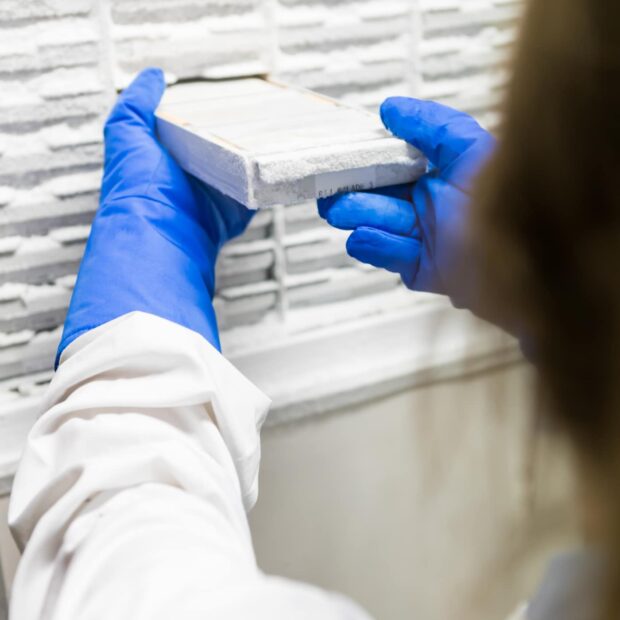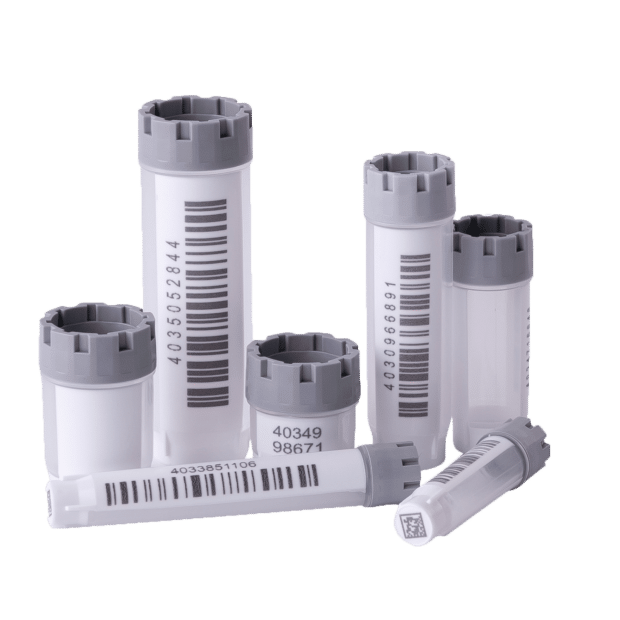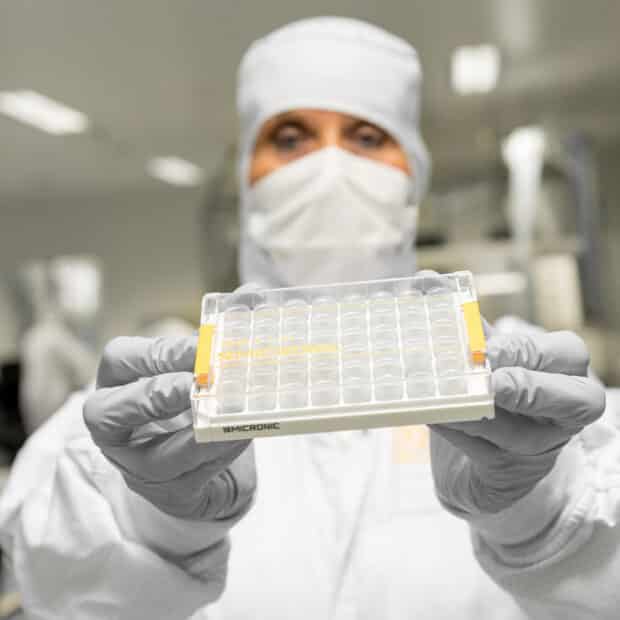About UBiLim
Establishment and growth
UBiLim was established to provide a centralized resource for researchers, enabling access to a vast array of biological samples. Over the years, the biobank has seen significant growth, with an annual addition of around 20,000 new samples. Currently, about 10% of the 130,000 samples are used for research, mostly requested after two years of storage. The oldest sample dates back to 2008.
The Biobank’s main source for their samples is from their patients, who participate in studies that take place at one of their many hospitals.
Blood samples are collected, processed, and stored following strict protocols to ensure their integrity and usability for future research. Upon collection, each sample undergoes initial processing. Critical data associated with each sample, such as the time and date of collection, processing details, and unique identification codes, are meticulously recorded. This comprehensive data collection ensures traceability and facilitates efficient sample retrieval.
Blood samples are collected, processed, and stored following strict protocols to ensure their integrity and usability for future research. Upon collection, each sample undergoes initial processing. Critical data associated with each sample, such as the time and date of collection, processing details, and unique identification codes, are meticulously recorded. This comprehensive data collection ensures traceability and facilitates efficient sample retrieval.




